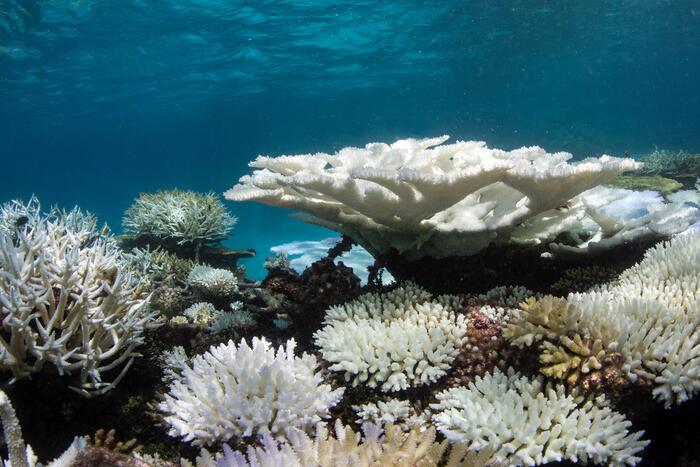The Martinsried field as a lighthouse project: Where gravel is currently being mined, the world's largest heat store could be created in a few years. Provided that the Planegger municipal council is involved.
Würmtal - Bernhard Glück Kies-Sand-Hartsteinsplitt GmbH started mining at the beginning of 2019 on a 5.84 hectare area between Martinsried and Graefelfing, a total of 700,000 cubic meters. It should end in autumn. Glück signed a private-law contract with the municipality of Planegg to ensure that the gravel pit was refilled within five years and recultivated within six years. "Small areas are already being filled in," says Managing Director Markus Wahl. The green group 21 (gG21) has now submitted an application to the Planegger municipal council to suspend the re-filling period. The first step is to decide on the implementation of a feasibility study for a so-called underground storage facility.
Joint project by green group 21 and Gräfelfinger Greens
The application for the study has also been available since mid-May, both in Planegg and in Graefelfing. It is a joint project by gG21 and the Gräfelfingen Greens. The groups work closely together on the subject. You would like to have a check carried out to determine whether the pit for the geothermal energy storage can be expanded. According to the application, most experience has so far been gained with pure water storage. Water is poured into a pit lined with foil and heated using solar collectors, for example. The solar energy gained in summer is stored in the pool and can be used in winter. The sheet metal roof above the pit can be greened and is accessible.
The mining area is mostly in the Gräfelfinger district, within sight of the Martinsried residential area. The neighboring communities should commission a suitable planning office with the feasibility analysis. "Everyone is informed. We hope that we will get majorities for this, ”says Angelika Lawo (gG21).
Idea comes from Herbert Stepp
Herbert Stepp, gG21 municipal councilor in Planegg from 2002 to 2020, had the idea for the heat storage. His idea was to find a heat supply for the community that “doesn't burn anything”. With solar systems like on your own roof "you have an excess in summer and not enough in winter". So Stepp continued to think: "You would need a heat store." And when he drove past Martinsried field on his way to work last autumn, "I saw a heat store in front of me instead of a gravel pit".
The Gräfelfingen Greens were not only open to the project, with Gerhard Mengedoht, professor of energy and building technology, they also have a solar thermal specialist in their ranks. At the beginning of March, he was one of the speakers at a well-attended information event on the topic of basin storage in the Gräfelfinger community center. In addition to employees of the Planegger municipal administration, Glück-Managing Director Wahl was among the audience. The company not only mines the gravel, it is the property owner. "We have signaled that we are open when there are reasonable opportunities to use the pit," says Wahl. "Of course, it has to be relatively quick to see if there is something there." Before the filling up has progressed too far.
Talks with mayors and district administrators
"We worked on the applications for a quarter of a year," says Martin Feldner, green councilor and 3rd mayor in Graefelfing. "We had previously given signals that we were not running against walls." They had spoken to the mayors of the two municipalities, including District Administrator Christoph Göbel. "There is money, space and sustainable thinking in the Munich district across all party borders," Feldner notes. “It is clear that the municipalities cannot finance this. We hope for federal and state funds. ”Not only to promote sustainable energy, but also as part of an economic stimulus package to stimulate the economy in the face of the Corona crisis.
"We see this as the nucleus of a heating network in the Würmtal valley," says Feldner about the targeted basin heat storage. His local association and the green group 21 receive support from the Neuried Greens, who want to be part of this Würmtal project from the beginning, even if their community is not initially involved.
There would be money for a feasibility study in Planegg.








